Common Aging Cat and Dog Diseases: Symptoms to Watch For
As dogs and cats grow older, their bodies—and needs—change. Some of those changes are natural parts of aging, while others may signal emerging health concerns. What may seem like “just slowing down” could actually be the early signs of a treatable condition.
At St. Petersburg Animal Hospital & Urgent Care, we believe that senior pets deserve proactive, compassionate care that helps them stay comfortable, active, and healthy. Recognizing symptoms early allows us to intervene before discomfort becomes distress—and before simple conditions become complex.
This guide outlines the most common diseases we see in senior pets, along with symptoms to watch for and when to seek veterinary attention.
What Counts as a “Senior” Pet?
Age-related changes happen on different timelines based on your pet’s size, species, and breed. In general:
- Cats are considered senior at around age 10
- Small dogs typically reach senior status by age 8
- Large-breed dogs may start showing signs of aging as early as age 6
The AVMA’s senior pet resource offers guidance on how age affects different pets.
Arthritis and Mobility Issues
Osteoarthritis is one of the most common—and most overlooked—conditions in aging pets. Over time, joint cartilage breaks down, leading to pain, stiffness, and reduced mobility.
Signs include:
- Slower rising or lying down
- Stiffness after rest
- Reluctance to jump, climb stairs, or play
- Limping or altered gait
AAHA’s Mobility Matters guide includes helpful tools for tracking subtle signs of pain. Modifications to your home and joint-supportive medications can dramatically improve quality of life. See arthritis-friendly home strategies from Zoetis.
Cognitive Decline (CDS)
Pets can develop cognitive dysfunction syndrome (CDS)—a condition similar to dementia in humans. It can affect behavior, sleep, and even house training.
Warning signs:
- Confusion or disorientation
- Wandering or staring into space
- Accidents in previously trained pets
- Changes in sleep cycles
- Less interaction or increased anxiety
Colorado State University outlines signs of cognitive decline.
Obesity and Weight Changes
Aging pets tend to slow down, but if food portions stay the same, obesity often follows. Extra weight contributes to joint pain, diabetes, and heart disease.
On the other hand, unexplained weight loss can also be a red flag for kidney disease, cancer, or metabolic disorders.
Watch for:
- Weight gain or loss
- Decreased stamina
- Difficulty grooming (especially in cats)
The Association for Pet Obesity Prevention offers resources to evaluate your pet’s body condition and set healthy goals.
Endocrine Disorders
Hypothyroidism (Dogs)
A slowed thyroid function can lead to:
- Weight gain
- Low energy
- Hair thinning or skin changes
- Sensitivity to cold More from Cornell’s Canine Health Center
Hyperthyroidism (Cats)
A common feline disease that speeds up metabolism, causing:
- Weight loss despite a good appetite
- Increased thirst and urination
- Vomiting or diarrhea Read AAHA’s hyperthyroidism guidelines
Diabetes (Dogs & Cats)
Senior pets are at higher risk of diabetes due to hormonal and metabolic changes.
- Excessive thirst
- Increased urination
- Appetite changes
- Weight loss AAHA provides diabetes management tips
Chronic Kidney Disease (CKD)
CKD is especially common in older cats, though dogs can be affected too. It progresses slowly but can be managed with early intervention.
Symptoms include:
- Increased drinking and urination
- Weight loss
- Poor appetite
- Vomiting or lethargy
- Unusual breath odor
Learn more from the Cornell Feline Health Center Routine bloodwork can detect kidney changes early—our in-house lab makes it quick and convenient.
Vision Changes and Eye Conditions
Cloudy eyes in aging pets can be caused by nuclear sclerosis (a harmless aging change) or cataracts (which may require treatment).
Other common conditions:
- Glaucoma
- Dry eye
- Retinal degeneration
Cataracts vs. nuclear sclerosis can be tricky to distinguish—an eye exam helps clarify the cause and next steps.
Dental Disease
Dental problems in senior pets are more than cosmetic. Gum disease, infections, and tooth pain can affect your pet’s ability to eat and can strain major organs.
Symptoms include:
- Bad breath
- Dropping food
- Tooth discoloration or loss
- Bleeding gums
AAHA outlines why dental care matters. We offer full dental services, including cleanings, X-rays, and extractions when needed—all under safe anesthesia.
Cancer
Cancer is more common in senior pets and can present in many different ways.
Watch for:
- New lumps or growths
- Unexplained weight loss
- Persistent limping or swelling
- Bleeding from the mouth or nose
- Loss of appetite or energy
Explore types of pet cancer with AAHA We encourage you to bring any concerns to our urgent care team promptly for evaluation.
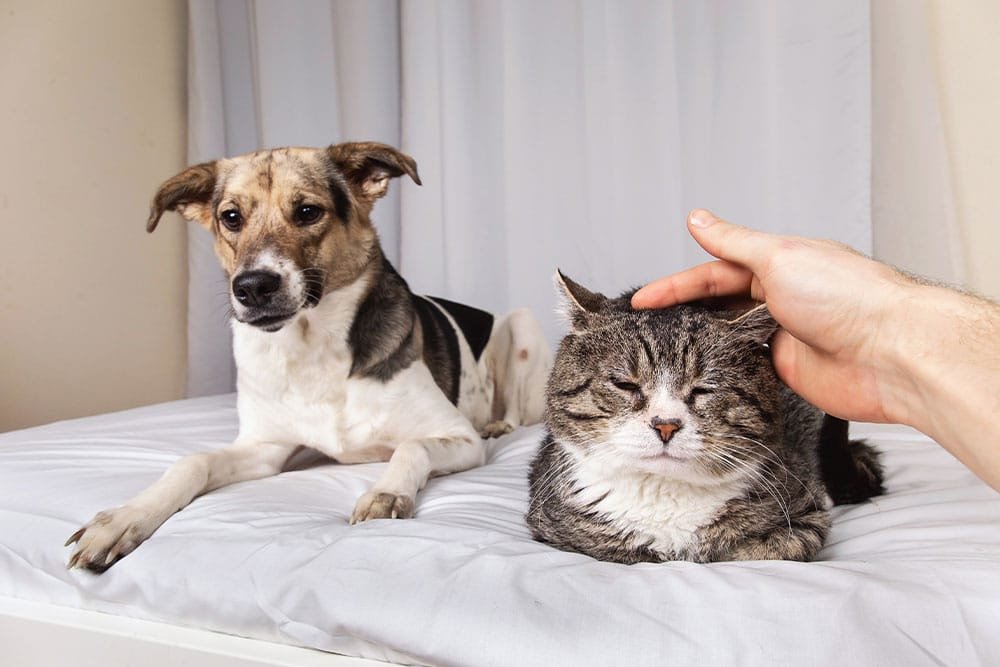
The Role of Preventive Care
Senior pets benefit from more frequent checkups—typically every 6 months. These visits allow us to monitor subtle changes and address them early.
We recommend:
- Wellness exams and pain assessments
- Routine bloodwork and urinalysis Learn more about preventive screening
- Mobility evaluations and dental checks
- Nutritional guidance
AAHA also offers guidance on recognizing pain
Next Steps: Helping Your Pet Age Comfortably
Aging isn’t a disease—but it does require adaptation and proactive care. At St. Petersburg Animal Hospital & Urgent Care, we work with you to create personalized plans that support your pet’s health, comfort, and joy in their later years.
We offer:
- Tailored senior care plans
- On-site diagnostics for fast answers
- Expert dental, mobility, and cognitive support
- Compassionate urgent care for new or concerning symptoms
Schedule a Senior Wellness Exam Today
Whether your pet is slowing down, showing new behaviors, or simply due for a checkup, we’re here to help guide you through every stage of aging.
Book a senior wellness exam today or contact our team to learn how to keep your pet happy and healthy into their golden years.
Because every stage of life deserves excellent care.

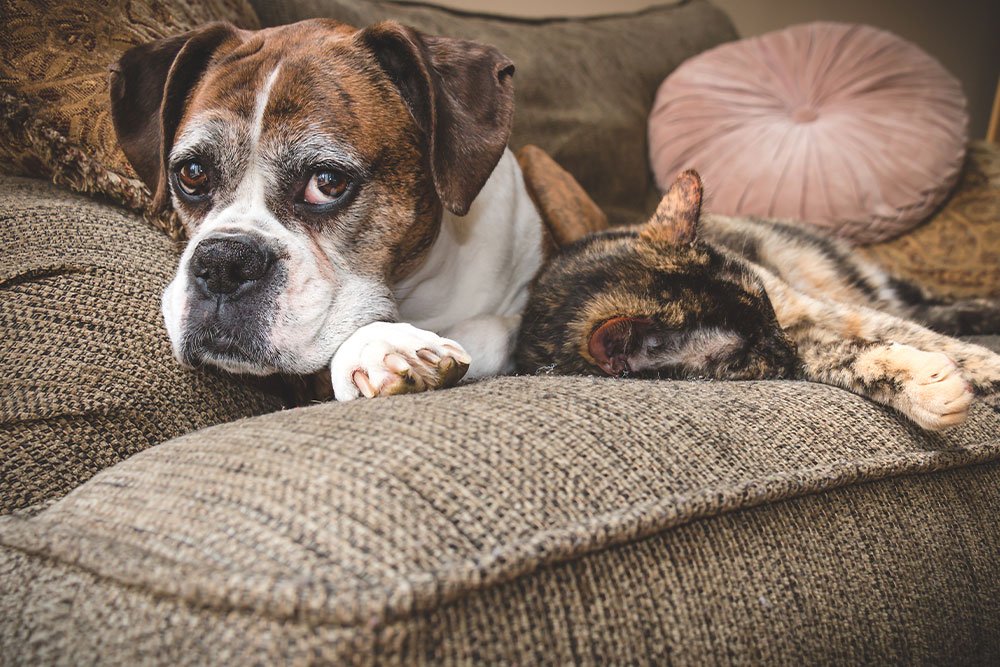
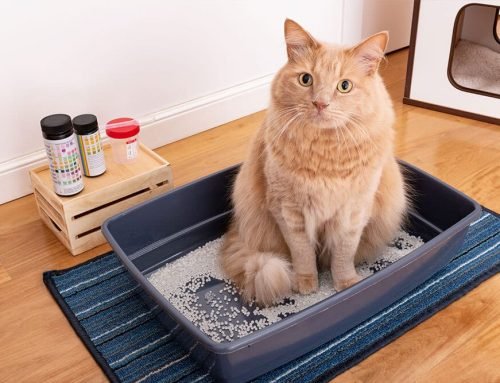
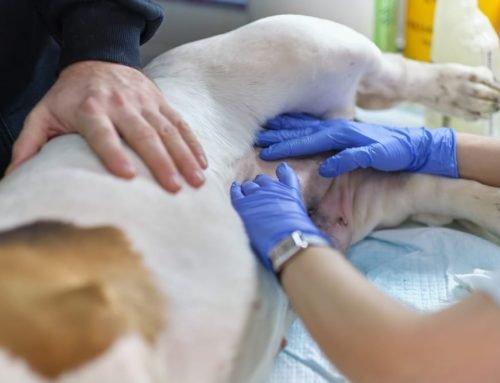
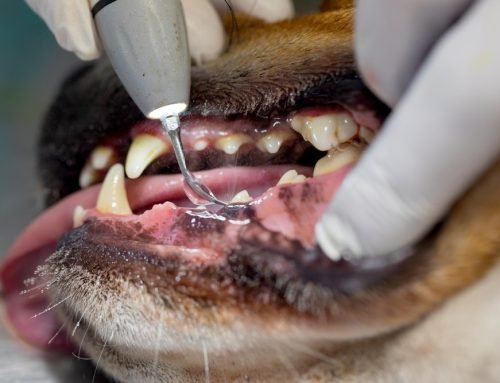


Leave A Comment